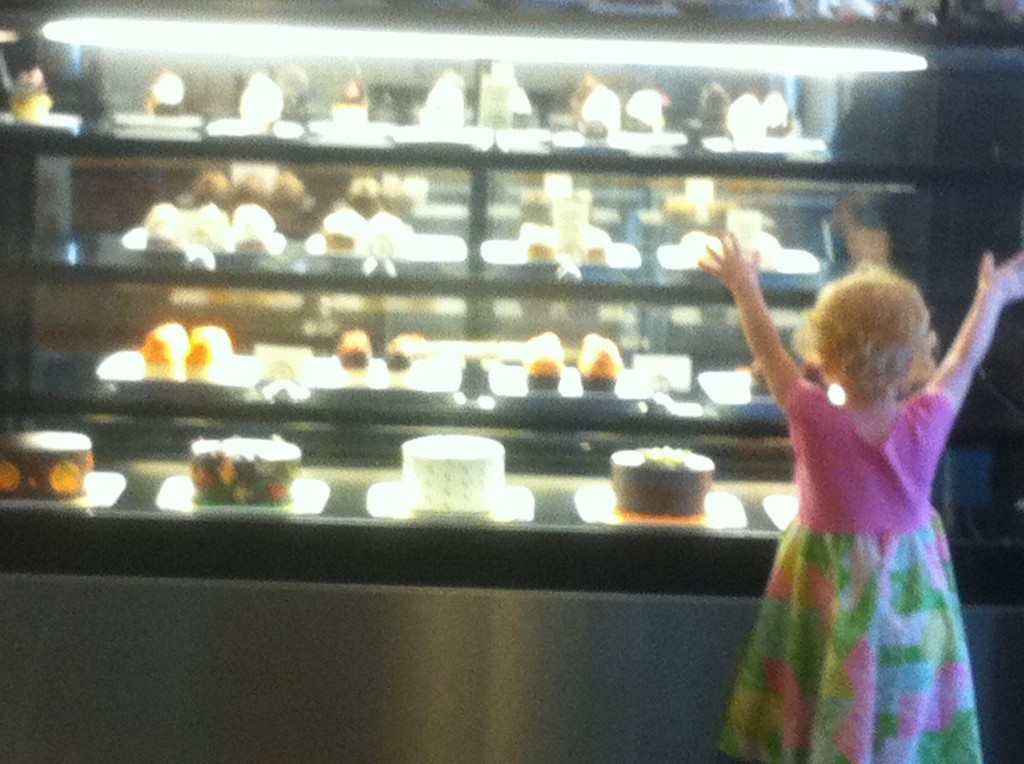One of the key pieces of positive discipline is the idea of assuming positive intent. This means that no matter how your child behaves, you set your default interpretation to something positive.
Over the years, I’ve had enough parents saying “what about when he ______” that I’ve adapted it slightly to “Assume Pro-social Intent.” While it may be true that when Sheila pops Timmy on the head, she is intending to hurt him, the reality is also that Sheila is trying to meet some basic, pro-social human need, whether that is one of connection (is she feeling left out?) competence (does she need to prove that she can do it?) or just a basic physical need (need for sleep, food or movement).
If you assume that Sheila is striving for competence, but doesn’t yet have the skills required to go about it in an acceptable way, your task becomes helping her acquire those skills. In Sheila’s case, let’s say she hit Timmy because she wants a turn on the trike. The skills she’s lacking include communication, frustration tolerance and delaying gratification. Because Sheila is a two-year old, it’s pretty normal for her to be low on all of these skills, in the same way she wouldn’t be very good at jumping hurdles or putting together jigsaw puzzles.
We offer her skills of communication by modeling and telling her. “Sheila, when you want a turn, you say ‘Timmy, when you’re done, I’d like a turn,’ and then you have to wait.” You can help Timmy learn about sharing by offering him a piece of the script too by adding, “and Timmy will say ‘okay, as soon as I’m done’” loud enough for Timmy to hear.
We offer her help in developing the later two skills through empathy and helping her connect those feelings with words. “It’s hard to wait. Let’s think of something to do while we’re waiting.” At no point do you allow hitting– if you need to hold Sheila farther away from Timmy to prevent it, then that’s what you do.

